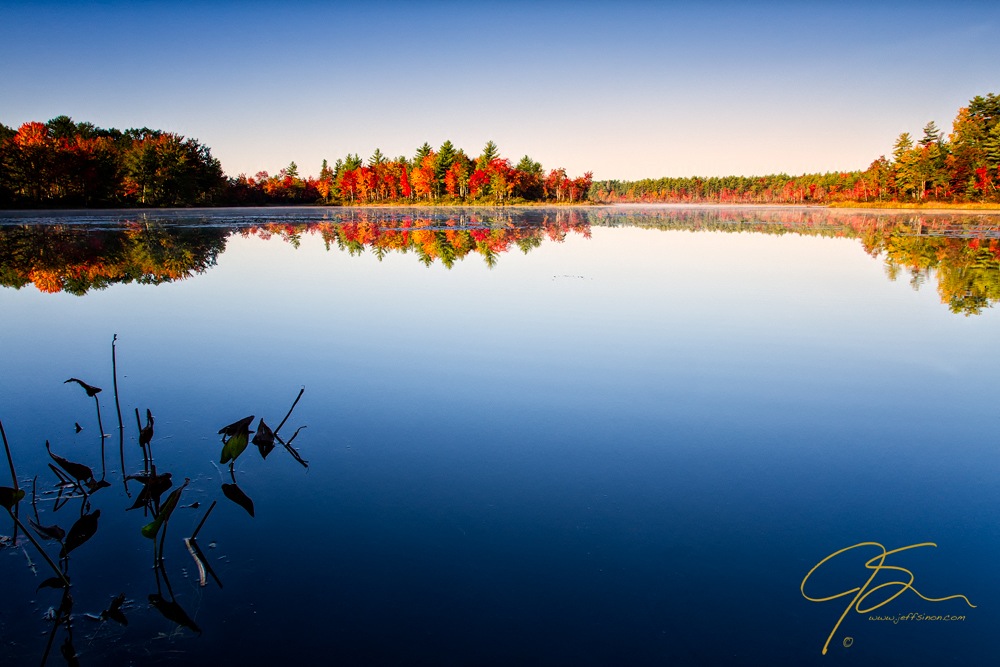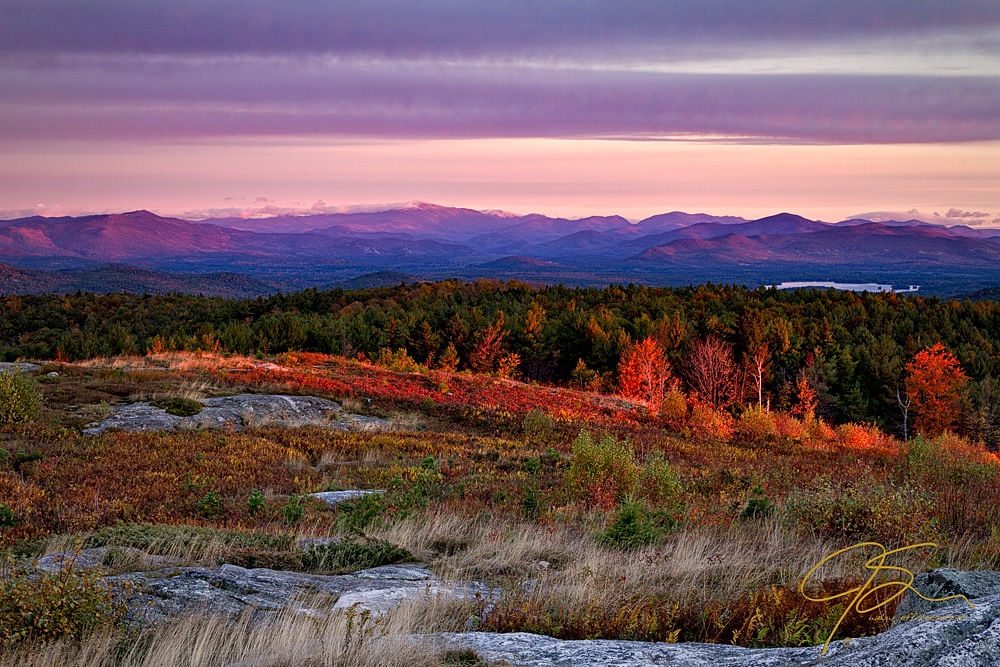We see the word in three dimensions, the camera unfortunately only sees it in two. With the creative use of light, however, you can give your landscape photos the illusion of more depth than what the camera can actually capture, restoring that missing third dimension. Using light to create depth in your landscape is actually pretty easy too because of our eyes attraction to light and the way we see.
Have you ever noticed how hard it is to look away from the headlights of an oncoming car while driving at night? That’s because like a moth to a flame, the human eye is drawn to bright light. The same annoying trait that can make driving at night so aggravating can be used effectively in our favor when making photographs in which we want to convey the depth we saw with our own eyes at the time we made the photo.
Here are lighting tricks to add dimension to landscape photography!

Shot with a Canon 7D, Canon 17-40L @17mm F/11 for 1/15th sec. ISO 100
Lighting the way to more depth
One of the easiest ways to use lighting in photography to create the illusion of depth is to place your well-lit main subject in the upper third of the frame. This area is usually reserved for the background, but by placing your main subject deep within the frame, you’re creating an added sense of depth.
With the photo above, your eye has to look through the image, out over the mirror smooth surface of the water towards the fiery red swamp maples on the far shore.

Canon 40D, Tamron 17-50mm @32mm F/11 for 1.6 sec. ISO 100
Light at the end of the tunnel
You can create a “tunnel effect” in your photo that leads the viewer from the foreground through the image onto the background. In the photo above, I started with a very prominent foreground, the large lichen covered rock and red maple leaf, to initially capture the viewers attention. I then used the natural fall of the cascade and the shade of the overhanging trees to lead the eye deeper into the photo towards the beautiful light at the end of the tunnel.
You can create this tunnel effect on a tree lined country road or between the buildings on a city street. Similar to my first tip, this places the brightest part of the scene in or near the background, engaging the viewer to have to look through the frame in order to see the light.
I also feel that along with the great light at the end of the tunnel created by the stream side trees, the bright light at the end of the tunnel, combined with the vertical composition also adds depth to a photo like this. One of the many reasons I so often photograph landscapes with the camera in the vertical orientation, one important tip for taking amazing landscape shots.

Canon 7D, Tamron 17-50 @28mm F/11 for 0.4 sec. ISO 100
Sidelight, shadows & grand scenic views
The right light can not only make or break the photo, it can also add depth and dimension to the final image. When photographing wide scenic views, the way the light plays across the landscape can give you the depth you’re looking for.
When the sun is low in the sky, either early or late in the day, the side lighting and the shadows it creates throughout the image help to give the above image the depth I want to convey. Using this to full effect, I was able to create the illusion of depth in this scene captured from Foss Mountan in Eaton, NH. The early morning light was perfectly side lighting for the eastern facing slopes of the the White Mountains in the distance. The long shadows created by the rising sun, I feel, gives the image a wonderful sense of depth.
So there you have it, a few simple tips on using light to create depth in your landscape photography.
The ability to manipulate and control light is an essential photography skill! Grow your lighting knowledge with the Craftsy class The Essentials for Understanding Light for professional-quality shots anytime, anywhere!

Share tips, start a discussion or ask one of our experts or other students a question.
No Responses to “3-D Landscapes: Tricks for Using Light To Create Depth In Your Photography”